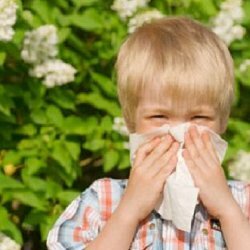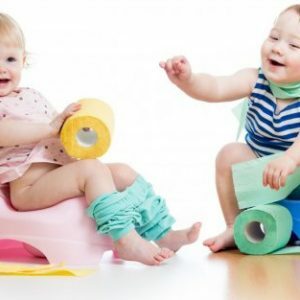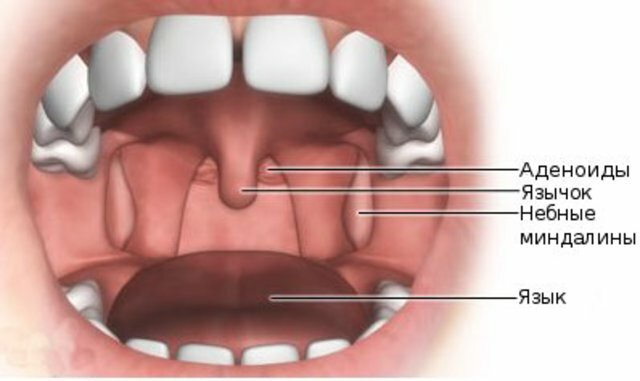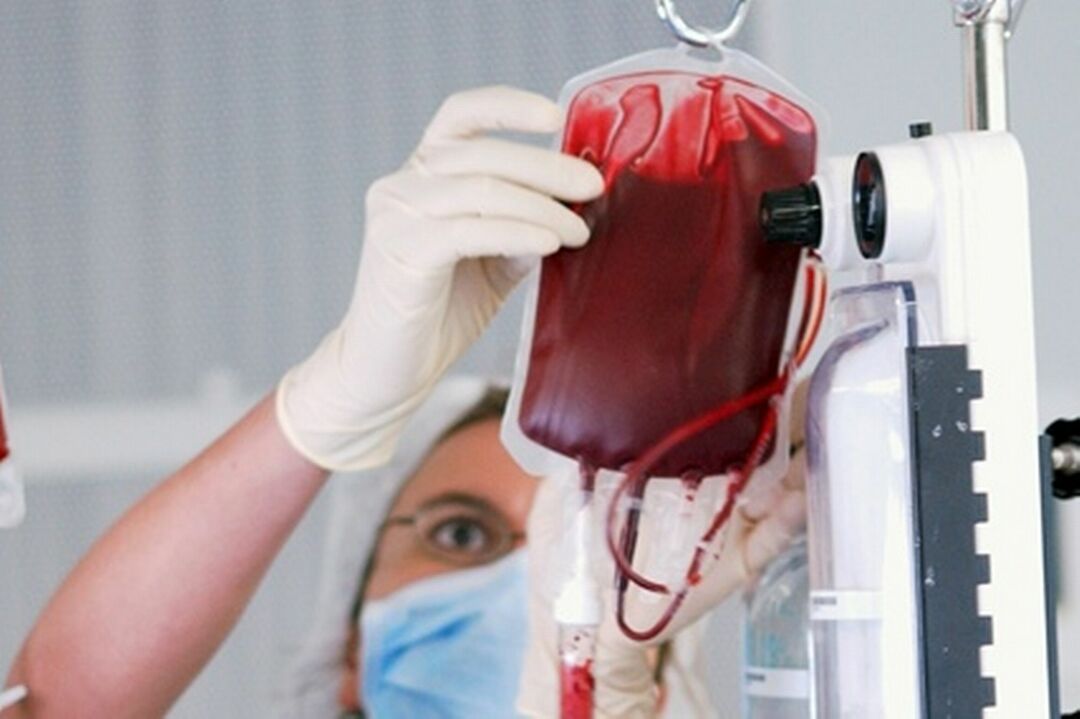Pollinosis in children - its causes, symptoms, treatment
 Pollinosis is one of the alternative names of the disease "hay fever".However, do not let the word "fever" confuse you - it's not about pathogenic bacteria and viruses that cause temperature increase and other "colds" symptoms. Pollinosis - an allergy to pollen, spread by plants in the "marital" period, and developing when the body can not "digest" the effect of male gametophytes( which is pollen).
Pollinosis is one of the alternative names of the disease "hay fever".However, do not let the word "fever" confuse you - it's not about pathogenic bacteria and viruses that cause temperature increase and other "colds" symptoms. Pollinosis - an allergy to pollen, spread by plants in the "marital" period, and developing when the body can not "digest" the effect of male gametophytes( which is pollen).
Causes of pollinosis in children
The causes of pollinosis in children are different. For example, if there is at least one such "sufferer" in the family, then the likelihood of this disease occurring in his descendants is also quite high. Although pollinosis is not considered a hereditary disease, research proves that the childhood susceptibility to pollen of some plants is rooted in their pedigree. Pollinosis is a frequent occurrence in asthmatics. Also, eczema, air pollution and passive smoking - all these factors can also provoke hay fever.
Symptoms of Pollinosis in Kids
Pollinosis in children is diagnosed primarily by the main two symptoms. This, at first glance, causeless sneezing, strong discharge from the nose, which last the entire period of distribution( mass) of pollen in the air. Can blush, water, unbearably itchy in children's eyes. There may also be a seizure cough and photophobia. Due to the allergic edema of the mucous upper part of the respiratory tract, breathing becomes difficult, and in the initial stage the problems appear with nasal breathing, and after that there are sensations of a lump in the throat. In many cases, pollinosis even skin rashes causes. All these physiological problems are reflected in the general condition of the child. The baby fits, becomes very restless or, on the contrary, becomes sluggish and uninformative. Appetite disappears, headaches occur, and body temperature may also increase( but not always).Of the complications inherent in the pollinosis, mention can be made of bacterial infections, as well as their consequences - these are sinusitis, conjunctivitis, and the like.
Pollinosis can also be observed in adults, but nevertheless this ailment is more typical of children. And this is also true for highly developed countries like the US, Australia and the UK.According to statistics, out of a hundred children, fifteen are susceptible to pollinosis.
Pollinosis develops, as a rule, under the influence of grass pollen, but this does not mean that pollen( woody) does not fall under suspicion. For example, the pollen of hazel or birch in terms of pollinosis is very contagious. The duration of the manifestation of the symptoms of the disease is determined by the source of the allergy, in other words, the kind of pollen that caused it. So, the manifestations of symptoms, induced by grass pollen, can be annoying from May to July, and wood pollen causes children to sniff and sneeze, starting from early spring.
Treatment of pollinosis in children
Almost any treatment for an illness, aimed at weakening its symptoms and not affecting its causes, is a waste of time. Therefore, an important condition for the successful treatment of this ailment in children, like any other allergy, is the withdrawal of the baby from the "fire" of the allergen, or at least the maximum restriction of its contacts with the allergen.
How can you hide from the ubiquitous pollen? The problem is usually solved temporally, at least for the time of flowering of allergenic plants, the change of the residence of the child( of course, if possible).
Regarding the treatment of pollinosis in children, it is desirable here to involve not only a pediatrician, but also an allergist. The basis of pharmacological treatment of pollinosis is antihistamine therapy. The effect of this group's drugs on the inactivation of histamine is based on a mediator of inflammation, as well as allergic reactions. Antihistamines quite easily cope with sneezing, itching and watery eyes, but they are sometimes powerless with nasal congestion. Similar drugs are available in tablets and in the form of nasal sprays. They have two "fields of activity": as a preventive tool in cases where it is known beforehand that the baby will be in the "society" of allergens and in the form of emergency assistance in the appearance of symptoms of hay fever.
Cetirizine, loratadine and fexofenadine are the main pharmacologically active components of antihistamines. Compared with the drugs of the earliest generation( eg, diphenhydramine), they usually do not cause drowsiness.
In alleles, one more effective drugs are used - corticosteroids as nasal sprays, drops. These drugs are used only in severe cases, because of their serious impact on the young body. Corticosteroids have an anti-inflammatory effect( pronounced), therefore, they can suppress the effects of allergic reactions. And to corticosteroids in those cases resorted, when antihistamines do not give the proper effect, or when the main symptom of an ailment is a stuffy nose.
Another good way to treat( symptomatic) allergic stuffiness of the nose is nasal decongestants in the form of drops and sprays. They cut the blood vessels of the nasal mucosa and facilitate breathing. Often decongestants and antihistamines are combined in one preparation to provide the most comprehensive effect.
During the period of acute pollinosis, the baby should be transferred to a diet, which necessarily excludes the fruits of allergenic plants and berries. For example, if the hazel is considered to be the cause of the allergy, then it is necessary to remove the nuts from the menu, if sunflower, then take seeds, etc.
Pollinosis, despite its apparent safety( "only a little wait"), is fraught with serious consequences. Therefore, parents should be very careful about any allergic manifestations, without delaying treatment in a long box, it is necessary to pay a visit to an allergist.



